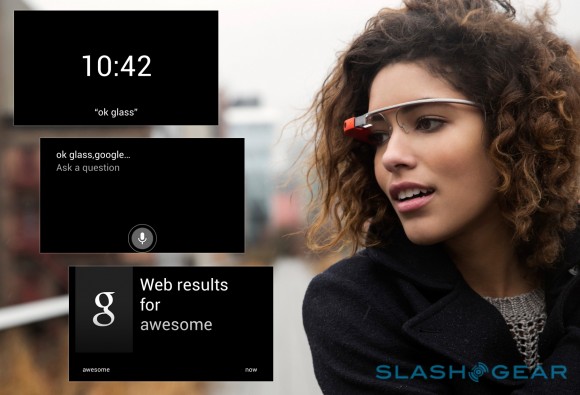Do you remember the first time you heard about Google Glasses? Did you ever hear more about it after the first introduction, or have you ever seen someone wearing the Glasses? Well, me neither. Google introduced the first edition of the Google Glass in 2012. They introduced the Glasses as wearable computing eyewear. It should have made an enormous impact in the way we use technology as it serves as a second screen for your smartphone. It should have been the next Big Thing, the gadget that everyone would want. Obviously, this did not happen. Google even stopped selling the first edition of the Glasses in January of 2015. The main reason why Google stopped the production of the Glasses was the claims that Google received about privacy implications. Consumers, who were using the Glasses, were able to record people without these people’s consent.
However, this year, Google came with the Google Glass 2.0. Google Glass still offers the same multiple features as the ‘old’ one. For example, there is the possibility to take pictures, you are able to call someone and the Glasses will be able to help you navigate.
To answer the question: the opinion of whether Google glass is a disruptive innovation or not, differs among the people you ask. Lets first define the term ‘disruptive innovation’. A disruptive innovation displaces an existing market and creates new markets that are more efficient. Now reflecting this on the Google Glass, the potential market that could be disrupted is the Smartphone market. This industry particularly stands out because the Google Glass is able to do pretty much the same as a Smartphone. However, the Google Glass 2.0 needs to connect to your phone. The smartphone receives the notifications and other information and connects this to Google Glass. This means that the Glasses are not a disruptive innovation for the smart phone.
If you would ask my opinion I would say that Google Glass 2.0 will not become a disruptive innovation because of the following aspects. First of all, the Glass works on voice demand, which means that you have to ‘talk’ to your Glass. This might become awkward if you are somewhere with other people close by and it looks like you are talking to yourself. Secondly, the Glass doesn’t look appealing at all. Google will need to make some radical changes. The last reason why I don’t think the Glass is a disruptive innovation is because the main technology already exists, but we are using our smartphones for this.
What is your opinion about the Google Glass 2.0? Do you think it will become a disruptive innovation? Moreover, do you see yourself wearing the glasses?
References:
Christensen, C (2016), Disruptive Innovation, http://www.claytonchristensen.com/key-concepts/
Tsukayama, H (2014), Everything you need to know about google glass, https://www.washingtonpost.com/news/the-switch/wp/2014/02/27/everything-you-need-to-know-about-google-glass/
Valeb (2015), Module 4: Google Glass a disruptive technology, https://valeb51.wordpress.com/2015/01/21/module-4-google-glass-a-disruptive-technology/

